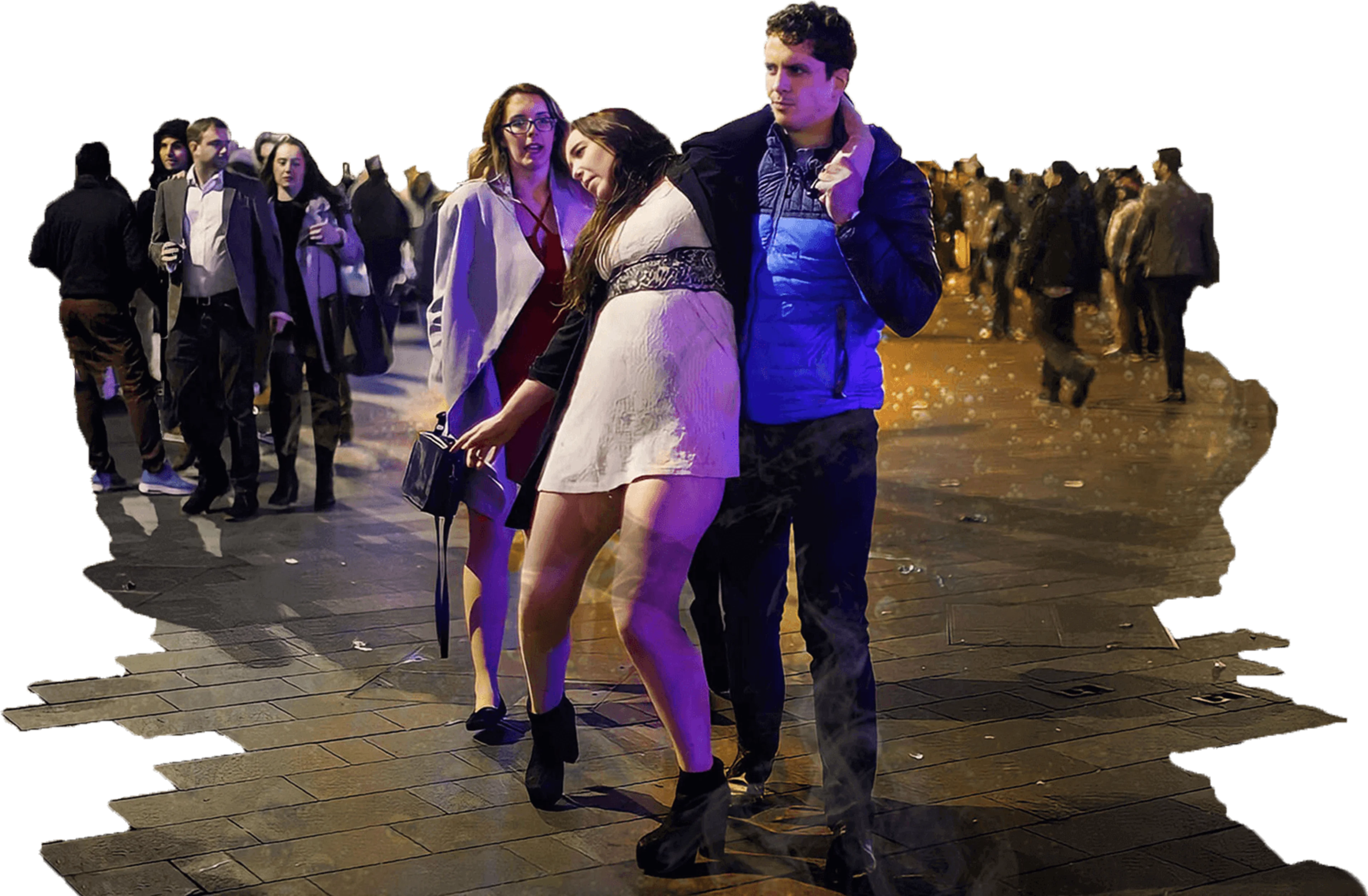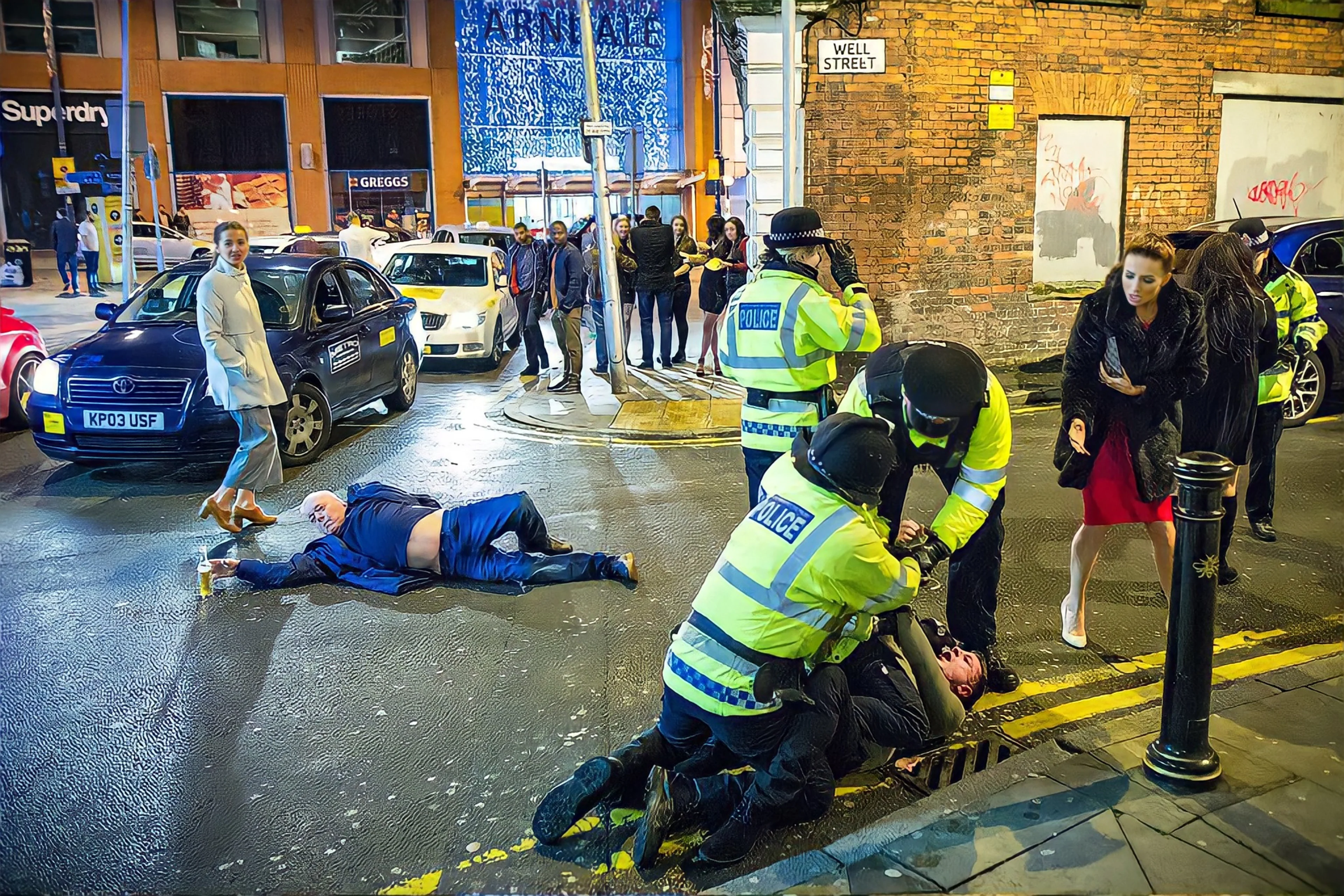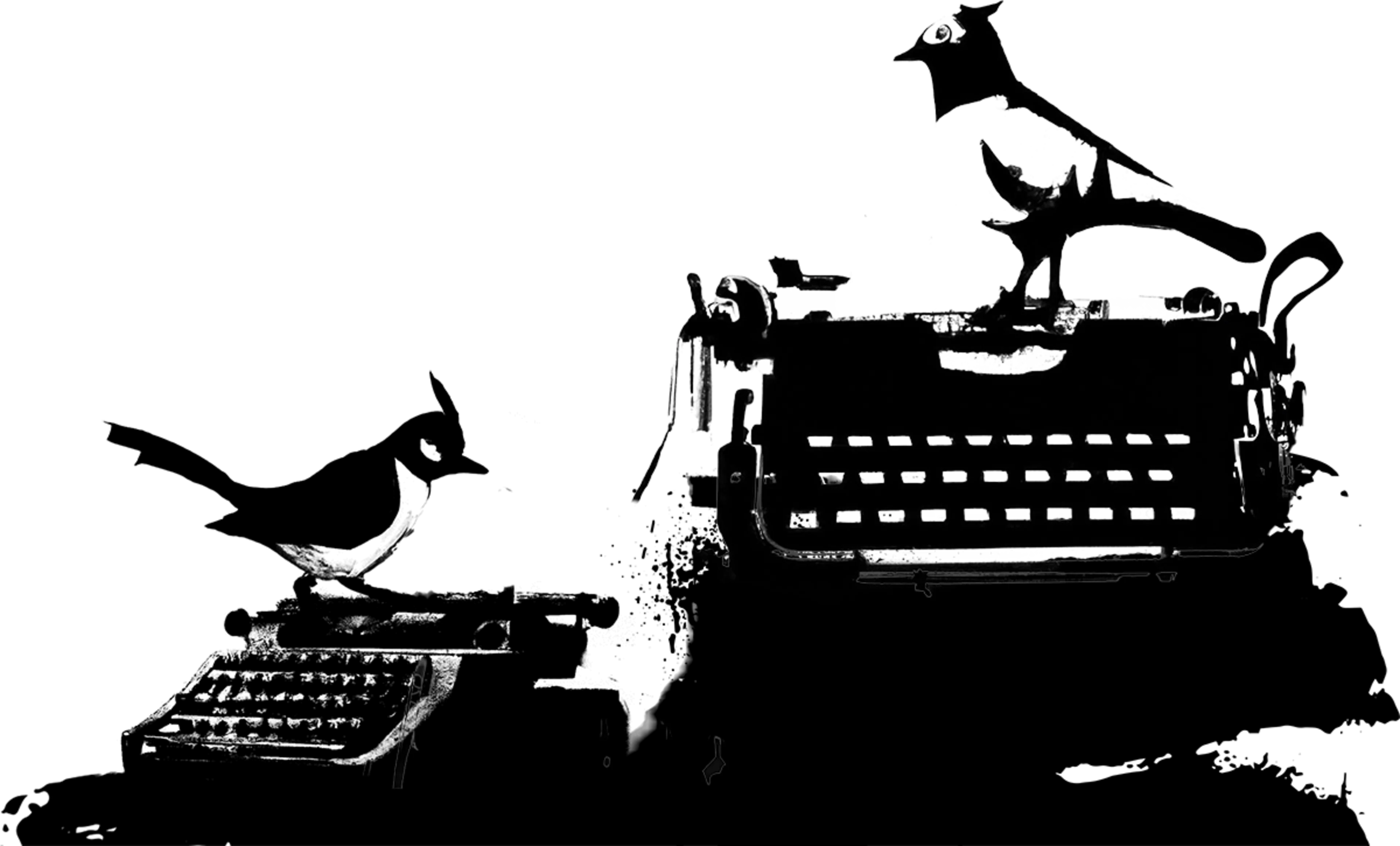Let’s call last orders on boozed-up Britain


As the man fell towards us outside the pub, I got the distinct impression that he was having a better evening than I was. Walking down a British street at quarter to nine on a Thursday evening should not entail swaying side to side so heavily that you veer from the curb to the entrance of Nando's once per second, and yet this person did so with admirable abandon. The grin on his face was contrasted by the rapidly evolving terror on that of my friend's, who was much less forthcoming than his soon-to-be dancing partner.
I was not going to stop what was about to unfold. I was about due for a laugh, as we had walked a good mile from the first pub we had tried – like most pubs it was inexplicably heaving, and I was very disappointed that my pint of beer would have to wait. As they clashed, my friend threw the drunk man from his grip, issuing a curt “get off me” in the process. As counterpoint, the surprised stranger spun on his heel and, wide-eyed, shouted something to the effect of “How dare you! That was assault!” (although his actual words are not for publication) - his dazed expression making it look as though he was talking to no one in particular. He was, of course, uninjured and carried on his merry way. My friend was a little shaken; I could not stop laughing at his recent bout. The tone of voice, the flailing hands, the confused look of his assailant – it made for great entertainment. But this anecdote belies an unsettling truth: it is worrying that this level of intoxication was not as shocking as it perhaps should have been.
I volunteer at a local charity that works with homeless people to rebuild their lives, and their specialist alcohol addiction clinic houses six residents. But since 2021, it has not been enough to keep up with the British drinking habits of a growing city like Cambridge, England, where alcohol and drug addiction are a persistent component of the city's homeless community.
They buy cheap alcohol and Class A drugs; a potent mix that carries a huge health risk. Our shelter helps them cut down on the beer and red wine, for example, but even still, we in England seem ill-equipped to deal with alcohol addiction.
Throughout the pandemic, alcohol saw increasing use and in 2019, it caused 7,565 deaths. Drug poisoning in the same year led to 4,393 deaths, hitting the most deprived regions of the country hardest.
Minimum unit pricing in Scotland is a step in the right direction, but there has to be a serious discussion about the higher levels of cash from alcohol duty for controlled drinking programmes, social support and sheltered housing. Instead, a cut of 1p on the pint to beer duty was the Treasury's only response last Autumn. No major political party is willing to adopt a legalising approach to drug misuse in the UK. Though we are not as deep in crisis as Portugal was in the late 1990s, there seems to be no political will to take progressive drug policy into the mainstream, as punitive solutions are more popular with the electorate.
Contrasting cultural stigma surrounding alcohol and drugs is part of this complex picture, and leads to regressive policy. The stereotypical image of drinkers as the purple faced drunk old man holding up the bar is dangerously out of date. Drinking is a sport of young people.
I know a few international students who have been completely shocked by our drinking culture. I myself enjoy a few drinks (perhaps more than a few sometimes) at a party, but it is strange to me that problematic drinking is an accepted part of growing up and getting on in Britain to the extent that its regular consumption is normal. From alcoholic drinks in the park at 16 or 17, to day-drinking booze almost five days a week at University and messy work-dos in bars; it is a big part of our lives whether we acknowledge it or not.
For me, and a growing number of young people, especially those preferring low alcohol consumption, this is where drinking ends. But there are also those who wrestle with alcohol addiction from early adulthood, having been introduced to alcohol among heavy drinkers in their mid-teens.
It is perhaps a product of our pubs that we Brits drink so much. Yes, some British pubs serve food, but most are unique in a world where alcohol is almost always consumed alongside a meal. Contrast this exclusive consumption of alcohol with the café culture of the continent or beer halls in Germany. A couple of drinks in the pub is an easy go-to when uncoupled from the formal, expensive and often slow procedure of eating food. Mix in a cold winter, and the pub is the perfect social hub for friends. If you drink alcohol, the conversation is even easier. It works to such an extent that to speak with friends is synonymous with drinking. Just think, milestones in people's lives are marked with a celebratory drink, and even networking is often associated with a glass of red wine.
But although I love pubs and "pub culture", we should be concerned with the relationship between the landmarks in our lives and how much alcohol we consume, and that some among us are struggling in silence. The lack of a serious conversation about these issues in British culture means that people are either not conscious of their problem, or continue to consume, drink and harm themselves in view of being countercultural, rebellious, or fun-loving.

Statistics produced by the NHS on the prevalence of youth drinking found that around 4% of boys and 5% of girls had been drunk three or more times by the age of 15. A similar proportion of 16-24 year olds were found to have consumed alcohol on five or more days in the last week. Though overall alcohol consumption is falling, the media's obsession with ‘binge drinking' belies a more sinister truth - that the risk of alcohol addiction goes unnoticed among the young.
Much reporting over the last three years focused on illegal raves, often with the aim of blaming increasing Covid-19 cases on those under 30 and their drinking culture. The seeming omnipresence of alcohol consumption in portrayals of the young in Britain in TV and movies reinforces the perception that drinking alcohol outside of the home in what is sometimes considered an unsafe environment, is normal. The drinking culture exists before it is created.
The young are also less likely to vote, which means that their needs on alcohol, smoking and drugs are obscured by the priorities of older age groups, who are less likely to mix drinking in unsafe spaces outside of the home with drug use, making them more likely to drink alcohol and less likely to support drug liberalisation. It is the paradox of Britain - and particularly England's - puritanical policy approach to controlled substances. Drugs are bad, alcohol is fine.
This drug prohibition, and the continued political obsession with retaining it has led to a cityscape where people are simply left slumped over benches, shop entrances, and bus stops with nowhere to go for fear of criminality. These very same people often turn to alcohol as a coping mechanism.
As Partygate continued to roll on, it was little wonder that there was little call from Downing Street to seriously consider tackling the prevalence of alcohol and drugs in our society. In fact, this is a cross-party problem amongst the powerful.
Sir Lindsay Hoyle, the speaker for the House of Commons, has aired his concerns about the prevalence of drug taking in Westminster. A sniffer dog may now be employed to prowl Westminster and screen for cocaine. This has taken a remarkably long time to come about, whilst sentences for the supply and possession of drugs have continued to increase, with seemingly no end to the so-called ‘war on drugs'.
Portraying drugs as anathema to civil society hurts one group in particular: the young. Much like the media fixation with raves and partying, much negative reporting regarding drugs like cannabis focuses on how the young are lazy, entitled and high most of the time. At the opposite extreme, we are easily-outraged pearl-clutchers, who view weed, pure alcohol, and cocaine as a distraction from the all-important ‘culture wars'. In short, we cannot win. Ever-so-delicate or too high to care, our relationship with drug prohibition is barely explored.
The reality, once again, is that we are hit with the worst possible outcomes. As the Lammy review first stated in 2017, we focus on the association between gangs, drugs and weapons, but do not tackle the organised criminals that seek to benefit from breaking drug prohibition. BAME children are four times more likely than white to be arrested, and 49% of children in custody were from ethnic minority backgrounds. Racial justice and drug prohibition are deeply related issues, and their burden hits the young the hardest.
The failures of the criminal justice and health system are compounded by failures in pastoral care for those suffering from addiction. Much like alcohol rehabilitation and addiction clinics, resources are sparse and funding elusive, particularly for those under thirty-five, who are often regarded as casual drug users.
Help for those who are addicted to drugs and drink is increasingly hard to come by, and support for those who want to get and stay clean are subjected to moralisms and platitudes whilst receiving what little charities can give. We means-test on purity, not need. Like alcohol, drug usage begins young in the UK, and the refusal of legislators and health institutions to acknowledge that prohibition is an obstacle to treating addiction and abuse only makes things worse.
Total legalisation may not be appropriate for the UK, as it could compound with the easy availability of alcohol and the depletion of local services that is already very common. Complete legalisation could lead those who are already addicted in such an environment into dire straits very quickly, before the proper infrastructure was in place to help them. However, I believe controlling the supply of drugs in some fashion, either through medical prescription or by tackling organised crime and its supply chains by regulation, combined with well-funded and protected local services that provide proactive care would both help mitigate serious drug use and provide more aid to alcoholics. There are no magic-bullets when it comes to these issues - I am without an answer on the cultural issues surrounding drinking alcohol - but we can give ourselves and those around us a much better chance.
I am not implying that every stumbling stranger has a serious drinking problem (thinking back, I think my friend's companion was probably just the wrong side of merry) but some of the people I see every day have serious, untreated, needs. Reform and an eventual end to prohibition, accompanied by strong regulation and protected care infrastructure, should be a moral imperative, but is instead a political football that nobody wishes to kick. This will not solve the problem of the mid-week staggerer, but it would go a long way to making its novelty much less depressing.
Written by
Robert McCarthyHigher education administrator, aspiring educator, sometime writer. Interested in history, literature, and the challenges facing our society. Trying not to take myself too seriously.
Weekly emails
Get more from Robert
The Fledger was born out of a deep-seated belief in the power of young voices. Get relevant views on topics you care about direct to your inbox each week.
Write at The Fledger
Disagree with Robert?
Have an article in mind? The Fledger is open to voices from all backgrounds. Get in touch and give your words flight.
Write the Contrast